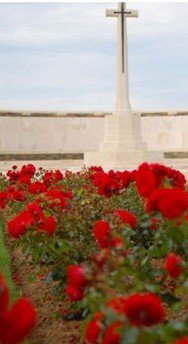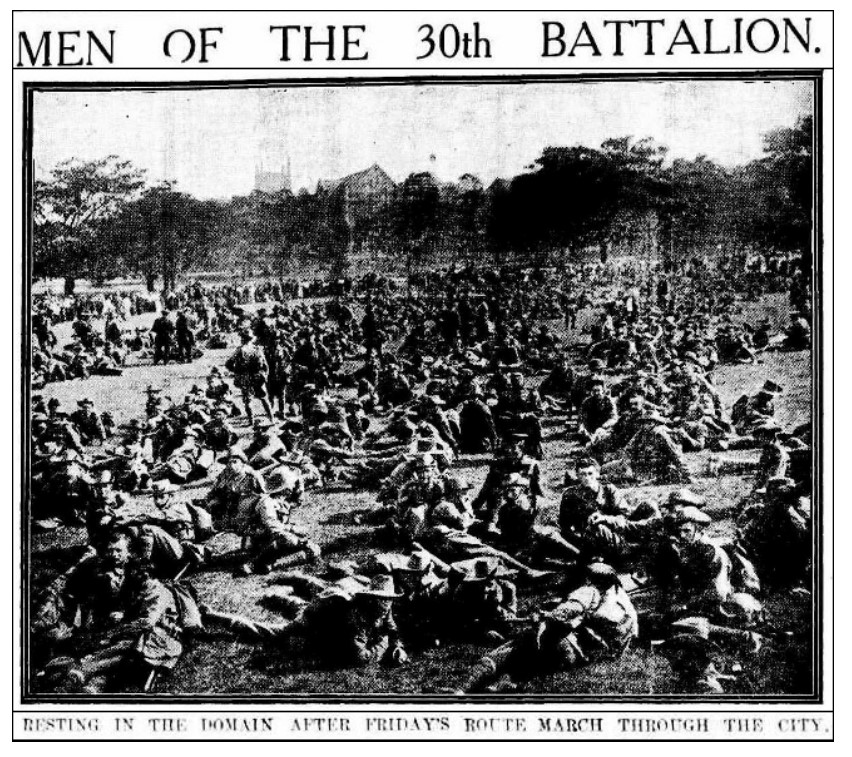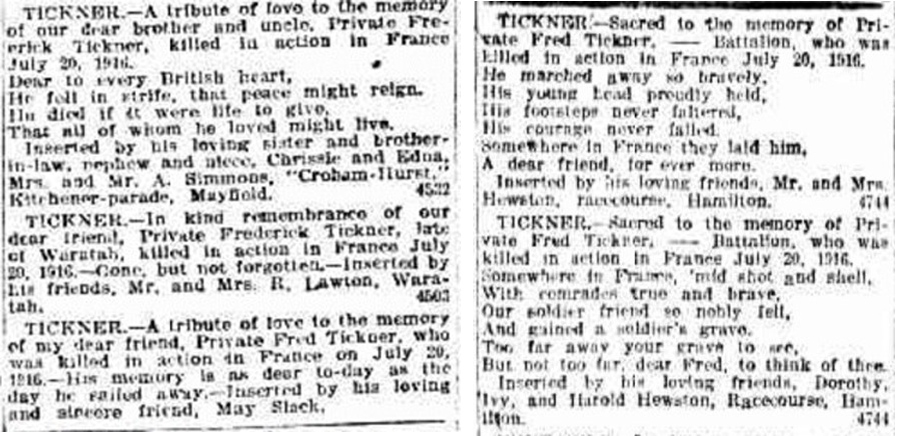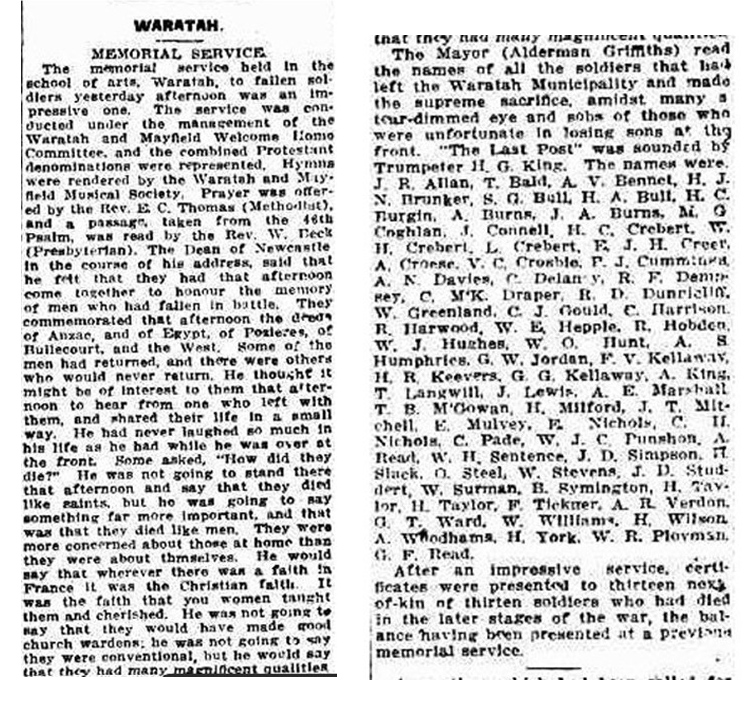Frederick TICKNER
Eyes brown, Hair dark, Complexion dark
Fred Tickner - “A dear friend forevermore.”
Can you help us identify Fred?
Fred was killed in Action at Fromelles. As part of the 30th Battalion he was positioned near where the Germans collected soldiers that were later buried at Pheasant Wood. There is a chance he might be identified, but we need help. We are still searching for suitable family DNA donors.
In 2008 a mass grave was found at Fromelles, a grave that the Germans dug for 250 (Australian) bodies they recovered after the battle.
If you know anything of contacts here in Australia or his relatives from England, please contact the Fromelles Association.
See the DNA box at the end of the story for what we do know about his family.
Fred Tickner and Family
Frederick “Fred” was one of six children of James and Mary Tickner. He was born in June 1885 at Morden, Surrey, England. His siblings included:
- Herbert
- Alice
- George
- Leonard
- and a younger brother, Alfred.
The family lived in Epsom, England, but by 1902 the family had moved from Epsom to Morden, where they were living in a four room house at 20 Garth Cottages. They lived there throughout the 1910s. Most of the boys worked as general labourers, apart from Alfred, who was a carman. Fred had already begun working by the time he was 16. Leonard enlisted in 1916 for the British Army.
Some time after 1911, when he was about 26, Fred emigrated to Australia and found work as a brickmaker near Newcastle, New South Wales. He was staying in the residence of the Lawton family of Newcastle at the time he enlisted in 1916. He was also a member of the Druids Lodge, a fraternal organisation.
Fred’s sister Alice and her husband Archibald Simmons also moved to Australia around the same time Fred did. His other brothers remained in England. Alice and Archibald had five children, but Alice and their youngest child died in 1918 in childbirth.
Off to War
Fred joined the army on 19 September 1915 and was assigned to the 30th Battalion. A fellow soldier, George Croft (2006) of nearby West Wallsend, NSW, had enlisted one week prior. The 30th Battalion was raised as part of the 8th Brigade at Liverpool in New South Wales on 5 August 1915. Most of its recruits hailed from the Newcastle region and other parts of country New South Wales.
The 30th Battalion, who has been in camp at. Liverpool, and commanded by Lieutenant-Corporal Clark, includes a number of Newcastle men. This battalion forms the New South Wales quota of the 8th Infantry Brigade A.I.F., which will be the next brigade to leave for the front. It is a scattered unit, being made up of the 29th Battalion at Victoria, 30th Battalion, New South Wales; 31st Battalion, Queensland and Victoria (half each), and the 32nd, South Australia and Western Australia.
The 30th Battalion has been in existence six weeks, and its total strength of nearly 1100 Includes no fewer than 300 men from Newcastle and district. One company. "B" Company, is composed entirely of Newcastle and district men.
Source NEWCASTLE SOLDIERS. (1915, September 27). Newcastle Morning Herald and Miners' Advocate (NSW 1876 - 1954), p. 5. http://nla.gov.au/nla.news-article137971367
Fred left Australia in February 1916 and travelled to Zeitoun, Egypt to continue his training. In March they were at the camp at Tel el Kebir, where they were inspected by H.R.H. Prince of Wales. For much of April and May were back in Ferry Post, including some time in the front-line trenches there. There were the usual complaints of the heat, water supplies and flies.
Preliminary orders to head to the Western Front came at the end of May and by 17 June the 30th Battalion were aboard the HT Hororata headed for Marseilles. After landing, there was a 60+ hour train ride to Hazebrouck, 30 km from Fleurbaix. They arrived on 29 June and then encamped in Morbecque.
Private F.R. Sharp (2134) wrote home:
“From the time we left Marseilles until we reached our destination was nothing but one long stretch of farms and the scenery was magnificent.” “France is a country worth fighting for.”
Training now included the use of gas masks and they also would have heard the heavy artillery from the front lines. Fred’s only military ‘indiscretion’ was being absent without leave, which was not uncommon, and he was only missing from 1400 hours until 1600 hours on the 6th July 1916. It was taken seriously, however, and he was given three days of field punishment No. 2 (being handcuffed, but allowed to march with his unit, as well as hard labour).
On the 8th July they were headed towards the front line, first 20 km to Estaires and the next day 11 km to Erquinghem, where they were billeted at Jesus Farm. They got their first ‘taste’ of being in the front lines at 9.00 PM on 10 July.

A week later they got orders for an attack, but it was postponed due to the weather. Then, on 19 July, the 29 officers and 927 other ranks of the 30th Battalion went into battle. The 30th’s role in the battle was planned to be support to carry supplies and ammunition for the 31st and 32nd Battalions who were to lead the attack on the east flank. They would be called in as reserves if needed for the fighting.
Machine guns emplacements were to their left and directly ahead at Delrangre Farm and there was heavy artillery fire in No-Man’s-Land. The 32nd’s charge over the parapet began at 5.53 PM and the 31st’s at 5.58 PM. The initial assaults were successful and by 6.30 PM the Aussies were in control of the German’s 1st line system, which was described as “practically a ditch with from 1 to 2 feet of mud and slush at the bottom”.
Source AWM 4 23/49/12, 32nd Battalion War Diaries, July 1916, page 11
While their role was to be in support, commanders on scene made the decision to use the 30th as much-needed reinforcements. A necessary act, but it had consequences as it interfered with the planned flow of supplies. When the 30th was formally called to provide fighting support at 10.10 PM, Lieutenant-Colonel Clark of the 30th reported:
“All my men who have gone forward with ammunition have not returned. I have not even one section left.”
Fighting continued through the night. By 10.00 AM on the 20th, the Germans had repelled the Australian attack and the 30th Battalion were pulled out of the trenches. Initial figures of the impact of the battle on the 30th were 54 killed, 230 wounded and 68 missing. The ultimate total was that 122 soldiers were either killed or died from wounds and of this total 80 were missing/unidentified. To date (2024), 26 of those missing have been later identified and are buried in the Pheasant Wood Cemetery.
What Happened to Fred?
There are no specific reports available about Fred’s death, but the Red Cross file for fellow NSW soldier George Croft (2006) clearly states that Fred was carrying ammunition and alongside George when they were killed by a shell, which must have happened relatively early in the battle.
Red Cross File No 840308 has statement from W.A. Pooley (2137), 30th Bn, 28th August 1916:
'I was told in Convalescent Camp by [2117] Pte [W.A.L.] McDermot (sic) of A. Company that he had seen Croft blown up by a shell in the attack, at Fleurbaix on 19th July. McDermot said that Croft was killed outright and that he was quite close to him at the time and that another man called Tickner was killed at the same time as Croft.'
Also a statement from 2121 Pte F.G. McMullan, 30th Bn (patient, Hospital, Manchester), 7th October 1916:
`Informant states that on 19th July at Fleurbaix Croft was carrying ammunition in "No Man's Land" and was blown up by a shell and killed along with Pte F. Tickner.
Neither Fred’s nor George’s bodies were recovered by the Australians after the battle. It wasn’t until July 1917 that Fred was formally declared as having been Killed in Action. George Croft, killed at the same time as Fred, is one of those soldiers who have now been identified by DNA. George was formally interred at the Pheasant Wood Cemetery in 2010.
At some time after the battle, the Germans recovered 250 bodies from the battle area and placed them in a mass grave. This grave was not discovered until 2008, however. Efforts to identify the soldiers in the grave through DNA matching have been ongoing and to date (2024) 180 of the 250 soldiers in the Fromelles mass grave have been able to be identified. 26 of the 80 originally unidentified soldiers of the 30th Battalion have been identified and are now buried in the Pheasant Wood Cemetery.
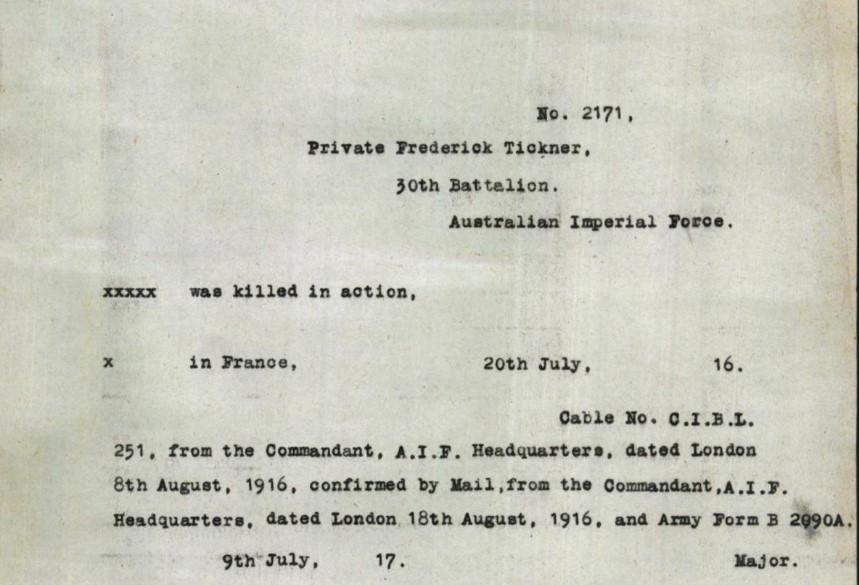
Remembering Fred
Fred was remembered by his friends, even a number of years after his death, in memorials that spoke of their friendship.
The 1921 article was a memorial notice to Fred:
He marched away so bravely,
His young head proudly held,
His footsteps never faltered,
His courage never failed,
Somewhere in France they laid him,
A dear friend, forevermore.
Fred received the British War Medal, a Victory Medal, a Memorial Scroll and a Memorial Plaque and he is commemorated in Australia as well as back home in England:
- Australian War Memorial
- Waratah Memorial Gates
- V.C. Corner (Panel No 3), Australian Cemetery Memorial, Fromelles, France
- Merton Roll of Honour
- St Lawrence’s Church Roll of honour, Morden, Surrey
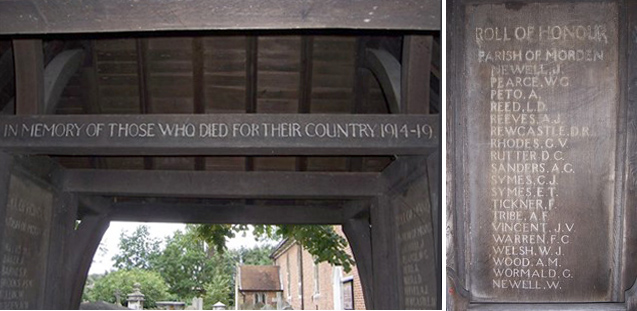
Still Hope to Identify Fred?
Given the Red Cross reports on George Croft and Fred, it is highly likely that the Germans would have also retrieved Fred’s body. We just need to find some more DNA donors. If you know anything of Fred’s contacts in Australia or in England we would like to hear from you.
Fred’s sister Alice, who had come to Australia, passed away from complications in childbirth in 1918. She and Archibald Simmons had four surviving children. Fred’s brothers remained in England and most had children of their own. See the family information we have below.
The Fromelles Association has made contact with Tickner family members in Spain who were delighted to hear of their connection to Fred, they too hope that one day he may be discovered.
DNA samples are being sought for family connections to
| Soldier | Frederick Tickner (1885-1916) |
| Parents | James Tickner (1852-1928) Croydon, Surrey, England and Mary Cooper (1847-1922) Croydon, Surrey, England |
| Siblings | Herbert (1876-1944) Surrey, England married Beatrice Middleton (1876-1955) Surrey, England | ||
| Alice Maud (1878-1918) Newcastle NSW, married Archibald Simmons (1885-1956) Newcastle NSW | |||
| George William | |||
| Leonard (1882-1956) Surrey, England, married Lucy Tyrell (1885-1922) Mitcham Surrey, England | |||
| Alfred (1888-1918) Sutton, Surrey, England married Mabel Lambert(1887-1970) Sutton, Surrey, England |
| Grandparents | |||
| Paternal | Thomas Tickner (1821-1911) Croydon, Surrey, England and Hannah Ledger (1820-1902), Surrey, England | ||
| Maternal | George Cooper (1814-1885) Ewell, Surrey, England and Ann Woolgar, (1816-1871) Surrey England |
Note. Alice Maud and Archibald Simmons and emigrated to Australia. They had four children – Christopher, Iris, Edna, Alice
Seeking DNA Donors

Contacts
(Contact: royce@fromelles.info or geoffrey@fromelles.info).
(Contact: army.uwc@defence.gov.au or phone 1800 019 090).
Donations
If you are able, please contribute to the upkeep of this resource.
(Contact: bill@fromelles.info ).
